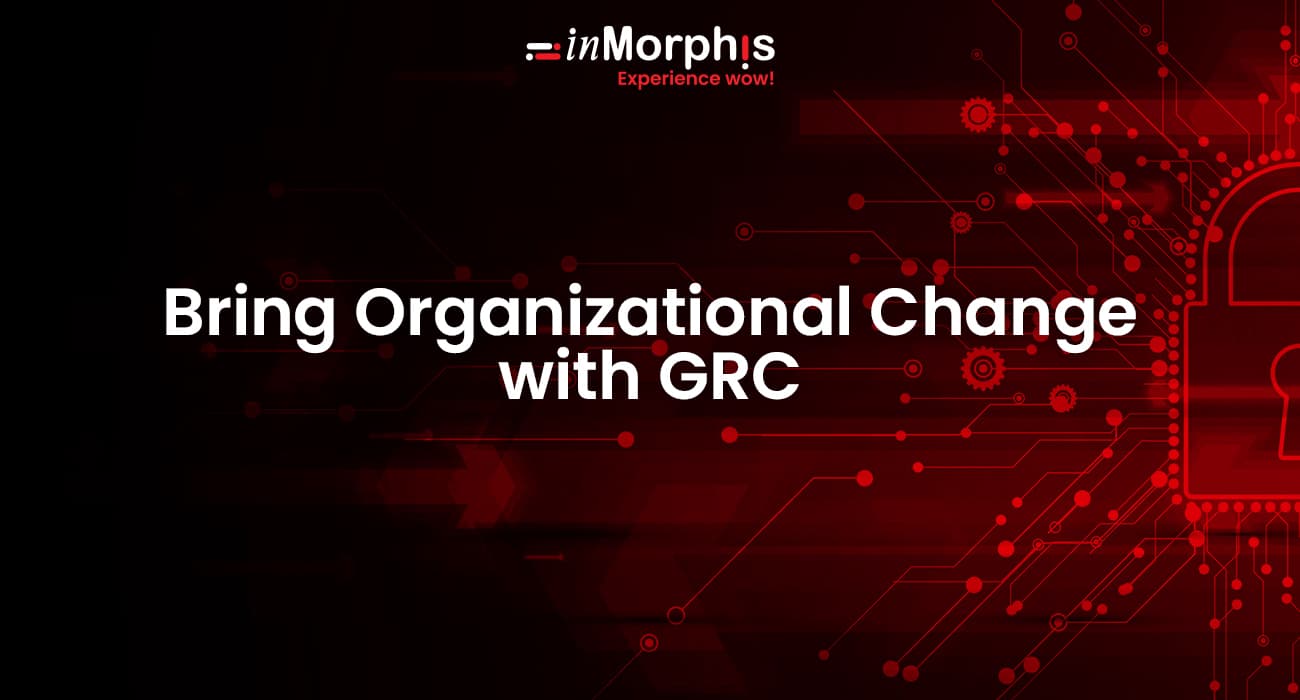The Open Compliance and Ethics Group (OCEG) defined GRC for the first time in a journal paper published in 2007. Governance, risk, and compliance describe a plan for managing an organization's overall governance, enterprise risk management, and regulatory compliance.
Elements of GRC
The GRC Journey That Never Ends
Governance includes all the policies, methods, and procedures a company uses to achieve its objectives. Governance provides stakeholders in a firm with direction and control. Leaders, managers, and employees alike use policies and procedures to make decisions in their work that align with the company’s overall strategy. At its most fundamental, risk management is concerned with recognizing and mitigating dangers to a business. These could be financial, legal, security, or any other risk that impairs an organization's capacity to function successfully. Risk management is effective when issues are handled timely, promptly, appropriately, and cost-effectively. Compliance ensures that a company's operations and activities meet all legal and regulatory requirements.
Why GRC is designed ?
ServiceNow GRC is intended to offer enterprises a consistent framework. Basically, it promotes growth in three ways. It begins with establishing a business governance model. Then, GRC handles business risk. Finally, it incorporates best practices and legal obligations.
The GRC framework is extensive and ensures the business has all the ‘capabilities’ needed to grow. GRC can be adopted by any organization - public or private, large or small. Whosoever wishes to align its IT activities with its business goals, effectively manage risk, and maintain compliance can implement it.
GRC can assist firms in better defining their business rules, reviewing controls, and visualizing future growth, resulting in cost savings. Governance, risk, and compliance can help firms address cybersecurity concerns more effectively.
These standards may differ by business, so it's critical to stay on top of both industry-specific and non-industry-specific legislation, such as that governing employee safety. Internal and external audits are essential for your firm to stay in compliance.
GRC platforms and solutions are intended to assist firms in integrating all aspects of governance, risk management, and compliance across the organization. GRC eliminates individual, manual monitoring and enables continuous and automated solutions to support your business strategy better. GRC allows you to track and mitigate internal and external risks. Apply your GRC framework, communicate your compliance policies, and perform audits to ensure your business follows the rules.
Different components of GRC might include policy management, audit operations, enterprise risk management, security risk management, and incident management.
Also Read: Acquire the Detailed Information on GRC: Audit Management
How GRC can bring success to an organization ?
When used correctly, governance, risk, and compliance can lead to success. This technique promotes educated decision-making, aiding in risk mitigation and preventing reputational and financial losses. It can also protect against compliance violations, data breaches, and other consequences of poor decision-making.
GRC also encourages ongoing collaboration and improves a company's ability to respond to threats strategically. GRC is also useful in driving business success for many firms.
Governance, risk, and compliance can help businesses achieve a more productive and efficient environment in which all components work toward achieving a common goal. GRC can also aid in the detection and avoidance of common risks. When GRC information is correctly integrated, management can make better-informed decisions more quickly. Improved decision-making can help businesses develop with fewer disruptions and reduce errors.
GRC also helps improve the alignment of their objectives with their organization’s mission, vision and value, resulting in greater business confidence and better decision-making skills.
Governance, risk, and compliance are crucial for identifying and prioritizing resources on key business process elements. Businesses can learn how to minimize non-value-added processes from their routine operations while streamlining value-added activities through GRC. This can help organizations save time and money while avoiding undesired deviations. Manual preventative controls, for example, are replaced with automated detective controls to improve traceability and overall efficiency.
Over time, GRC can also help to improve business performance while lowering audit costs. It only takes one error for a company's reputation to deteriorate quickly. Governance, risk, and compliance can assist firms in more successfully managing risks and protecting their brand. Governance, risk, and compliance services can assist protect a company's reputation and brand in various ways.
Also Read: GRC & Its Statistical Importance for Organization
Benefits of GRC
One of the main benefits of governance, risk and compliance is cost reduction. GRC assists in the elimination of duplicate and divergent processes, resources, and tools that waste money and time. GRC tools are used to manage operations and meet company compliance and risk standards. Tools can also assist in determining and mitigating risks related to a company's usage, ownership, operation, involvement, influence, and adoption of IT. GRC tools should address operational risk, policy and compliance, information technology governance, and internal auditing.
Read More: Skills Required for ServiceNow Developer
Most GRC tools have the following features:
- Content and document management helps businesses create, track, and store digitized content.
- Risk data management and analytics help to measure, quantify, and predict risk—and determine steps to reduce it.
- Workflow management to help companies establish, execute, and monitor GRC-related workflows.
- Audit management to organize information and simplify processes for conducting internal audits.
A GRC dashboard serves as a central interface for real-time monitoring of key performance metrics related to business operations and objectives. Effective GRC tools establish, distribute, and map policies and controls to regulations and compliance needs. They aid in determining whether controls have been implemented, are functioning properly, and enhance risk assessment and mitigation.
Conclusion
GRC tools offer audit, risk data, workflow, content and document management, and a GRC dashboard. In summary, GRC improves efficiency, reduces costs, and protects an organization's reputation.
This is not it, you can learn more about GRC's several exceptional paybacks



